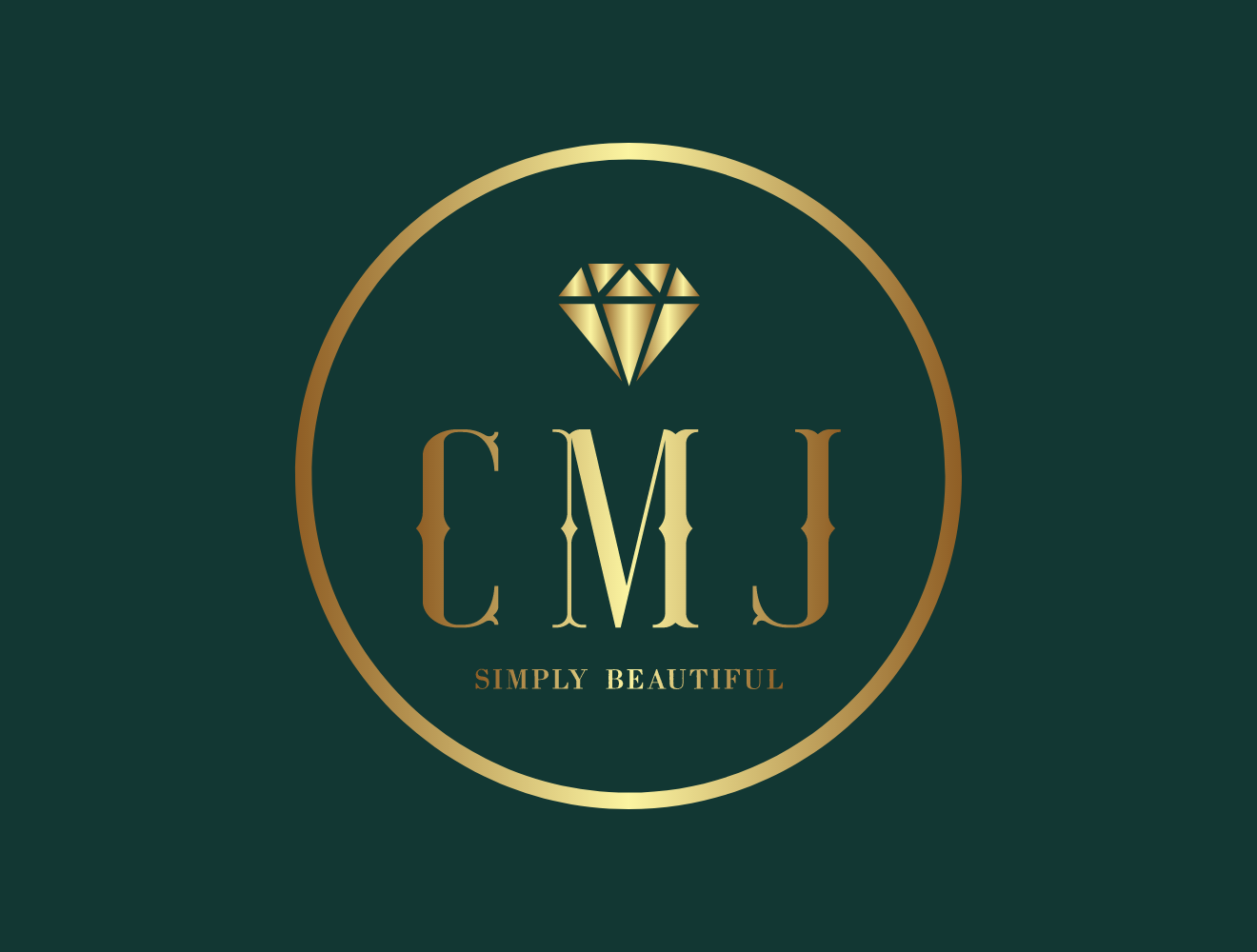Gold jewelry is a timeless symbol of elegance and luxury, but navigating the world of gold can be confusing with various carat measurements and purity levels. Whether you're a seasoned collector or a first-time buyer, understanding the carat of gold is essential for making informed decisions. Let’s dive into what gold carat really means and how it affects your jewelry choices.
Understanding Gold Carat: A Comprehensive Guide to The Gold Carat
What is Gold Carat?
The term "carat" in gold jewelry refers to the purity of the gold, not its weight. This is different from gemstones, where carat denotes weight. Gold purity is measured in karats (abbreviated as "K" or "kt"), and it represents the fraction of gold in an alloy. Pure gold is 24 karats, meaning it's 100% gold. However, since pure gold is too soft for most jewelry applications, it is alloyed with other metals to increase its durability.
Common Carat Values and Their Characteristics
- 24K Gold (100% Gold)
- Purity: 100%
- Characteristics: 24K gold is the purest form of gold available. It has a deep, rich yellow color and is often considered the most luxurious. However, due to its softness, it can be prone to scratching and bending. It's often used in coins, bars, and some high-end jewelry.
- Best For: Investment pieces, special occasion jewelry.
- 22K Gold (91.7% Gold)
- Purity: 91.7%
- Characteristics: 22K gold is slightly less pure than 24K but still maintains a high gold content. It is more durable than 24K gold and retains much of the rich yellow hue. It’s commonly used in traditional and antique jewelry, especially in regions like India and the Middle East.
- Best For: Traditional and antique designs, heirloom pieces.
- 18K Gold (75% Gold)
- Purity: 75%
- Characteristics: 18K gold strikes a balance between purity and durability. It is less likely to scratch or tarnish compared to 24K and 22K gold. It offers a good mix of gold's luster and the strength needed for everyday wear. This is a popular choice for fine jewelry, including engagement rings and high-quality watches.
- Best For: Engagement rings, fine jewelry, everyday wear.
- 14K Gold (58.3% Gold)
- Purity: 58.3%
- Characteristics: 14K gold is more affordable and durable than higher karat golds, making it a popular choice for jewelry. It has a lighter gold color compared to 18K and is more resistant to scratching and tarnishing. It’s a great option for those looking for a balance between quality and price.
- Best For: Everyday jewelry, budget-conscious buyers.
- 10K Gold (41.7% Gold)
- Purity: 41.7%
- Characteristics: 10K gold is the minimum karat gold that can still be legally considered gold in the U.S. It is the most durable and least expensive of the gold options. While it has a paler yellow color and may not have the same luster as higher-karat golds, it is a practical choice for those seeking durability and cost-effectiveness.
- Best For: Budget-friendly jewelry, durable pieces.
Choosing the Right Carat for You
When selecting gold jewelry, consider the following factors:
- Purpose and Use: If you’re buying a piece for daily wear, you might prefer the durability of 14K or 10K gold. For special occasions or heirlooms, 18K or 22K might be more appropriate.
- Allergies and Sensitivities: Higher karat golds contain more pure gold and are less likely to cause allergic reactions compared to gold alloys mixed with other metals.
- Budget: Higher karat golds are more expensive. Determine your budget and choose accordingly, balancing purity with affordability.
Understanding the gold carat is key to selecting the perfect piece of jewelry for yourself or a loved one. Whether you opt for the pure luxury of 24K gold or the practical durability of 10K gold, knowing the characteristics of each carat level helps you make an informed decision that aligns with your preferences and lifestyle. Gold remains a cherished and versatile material, and with the right knowledge, you can enjoy its beauty and value for years to come.
